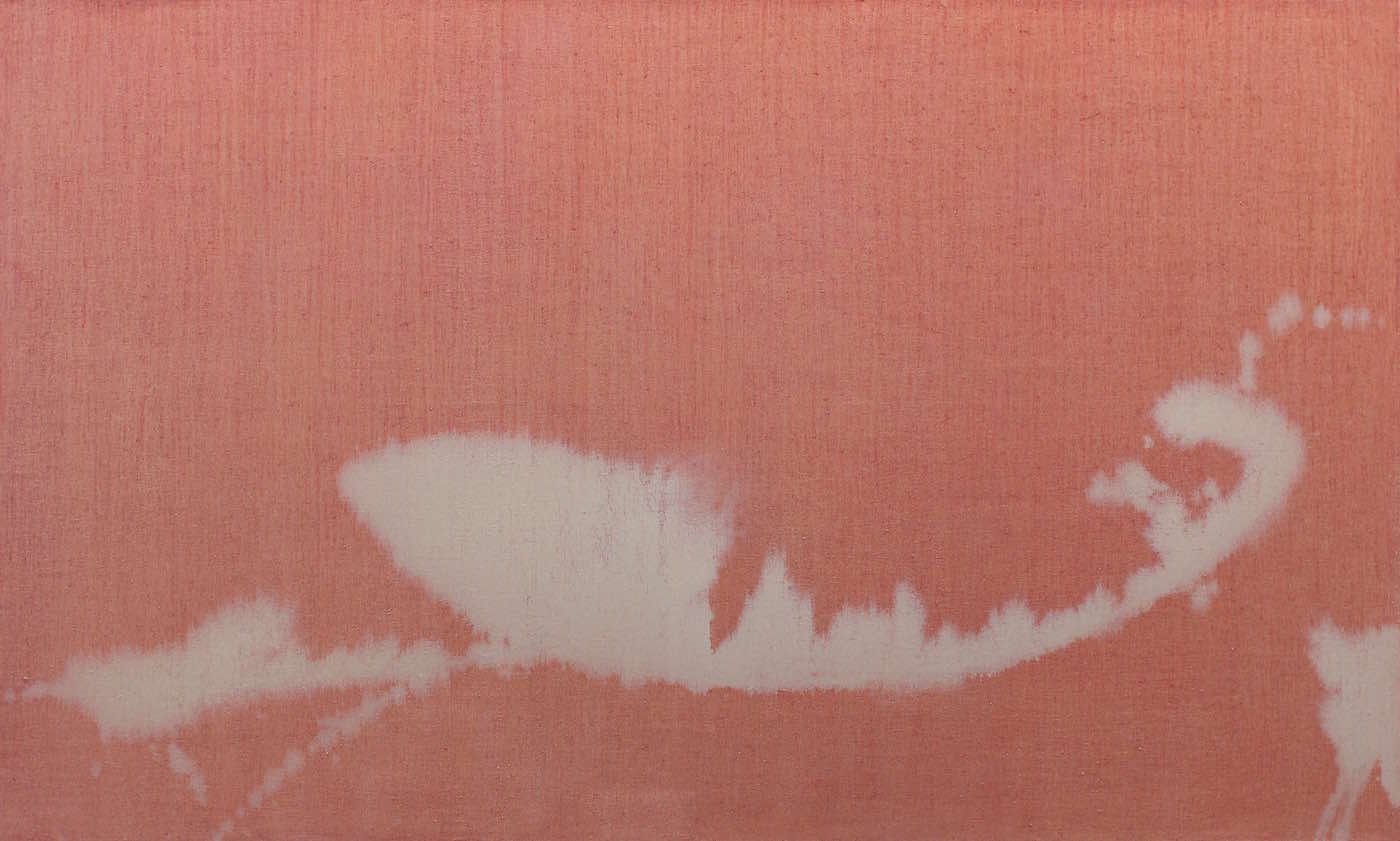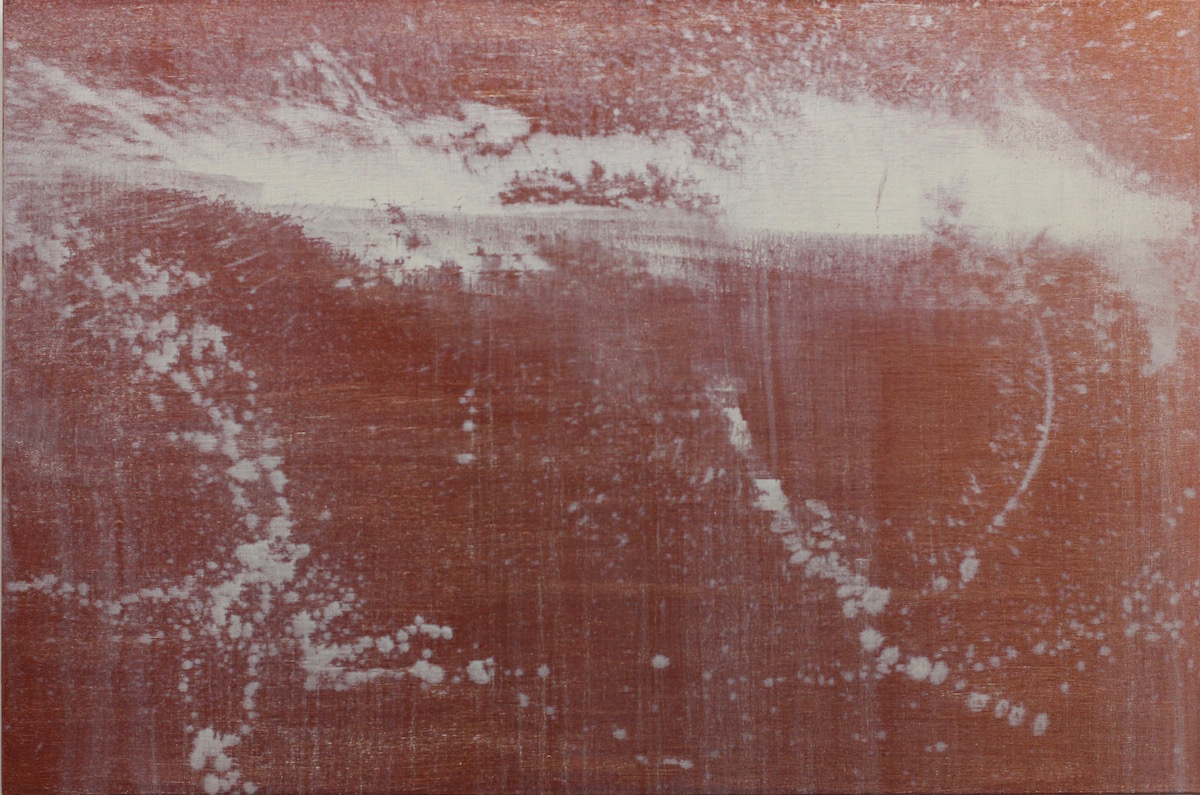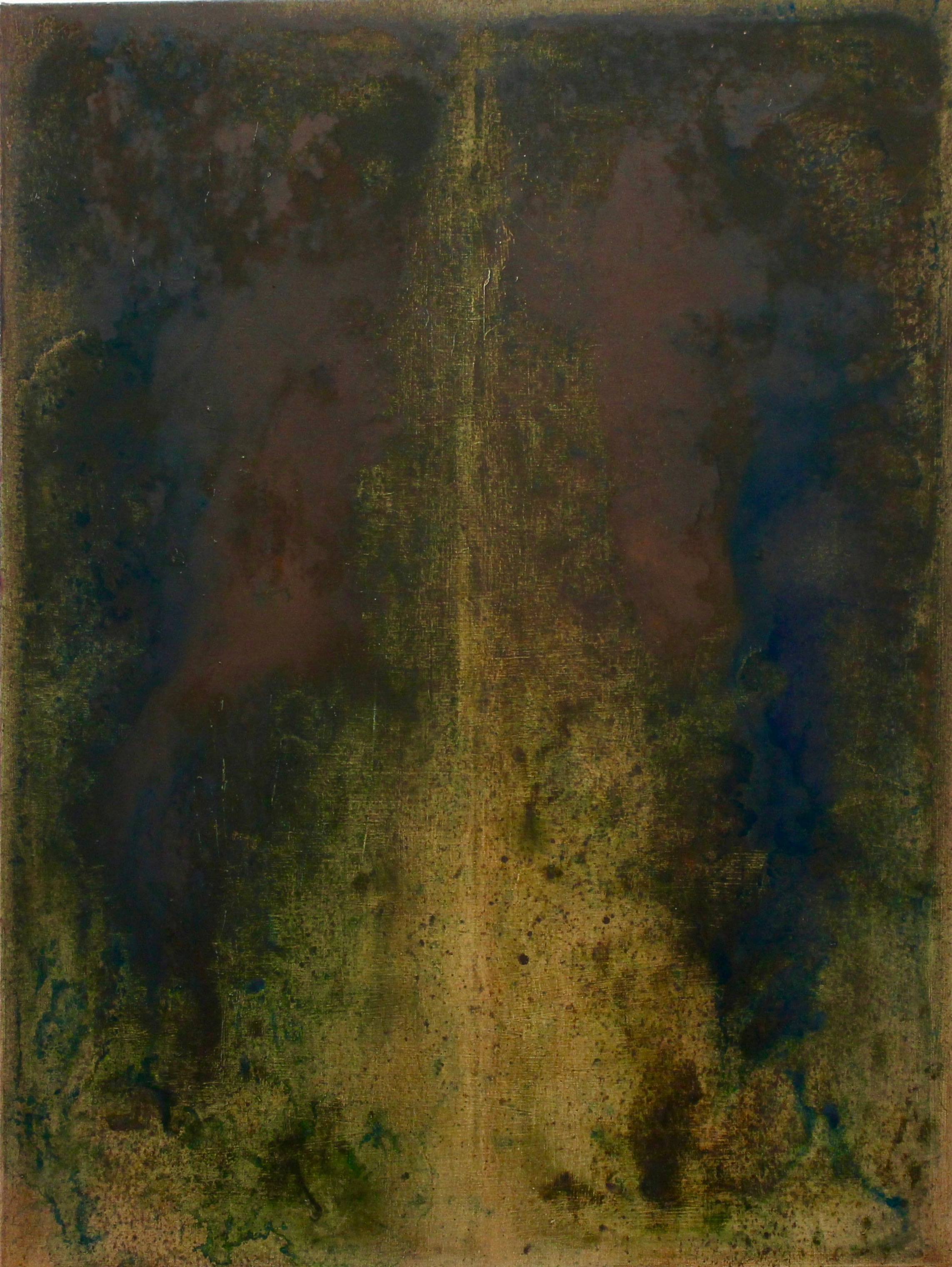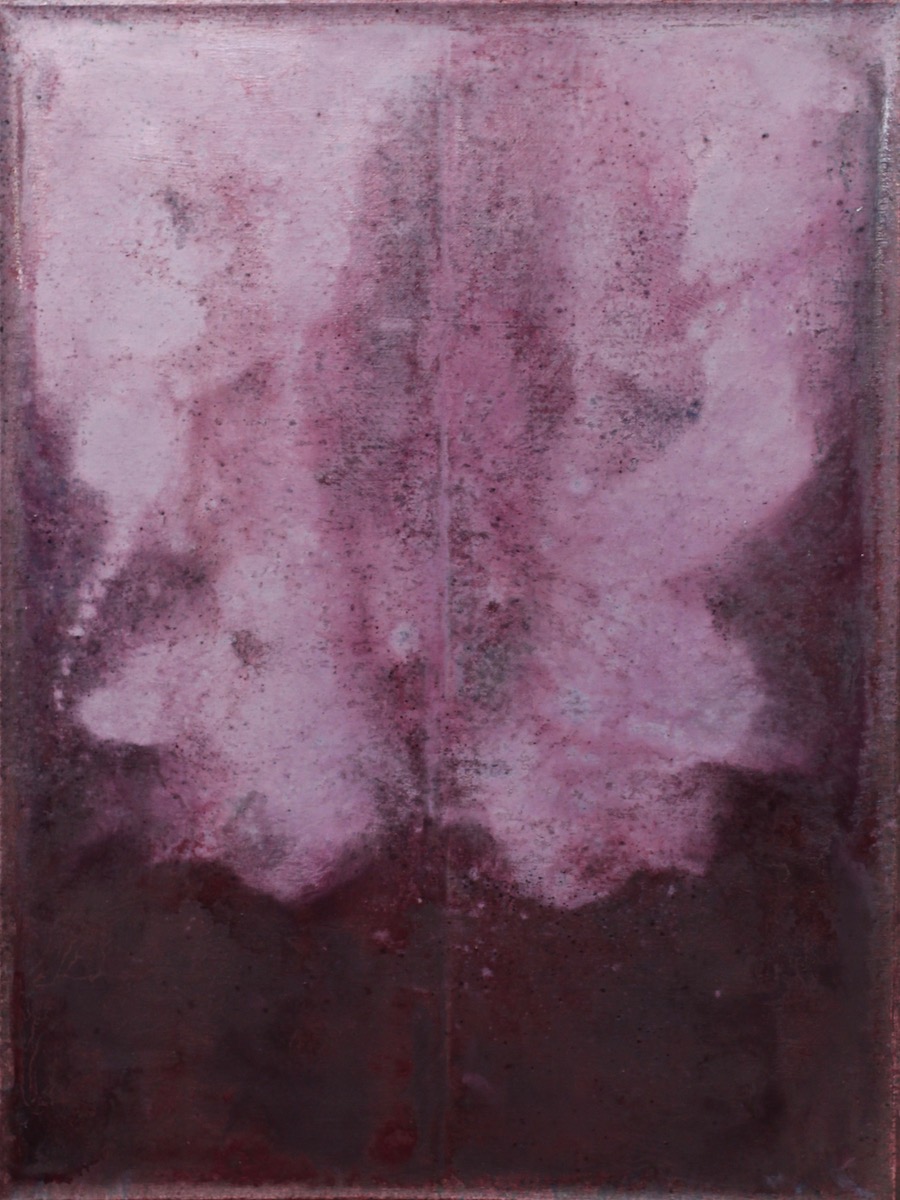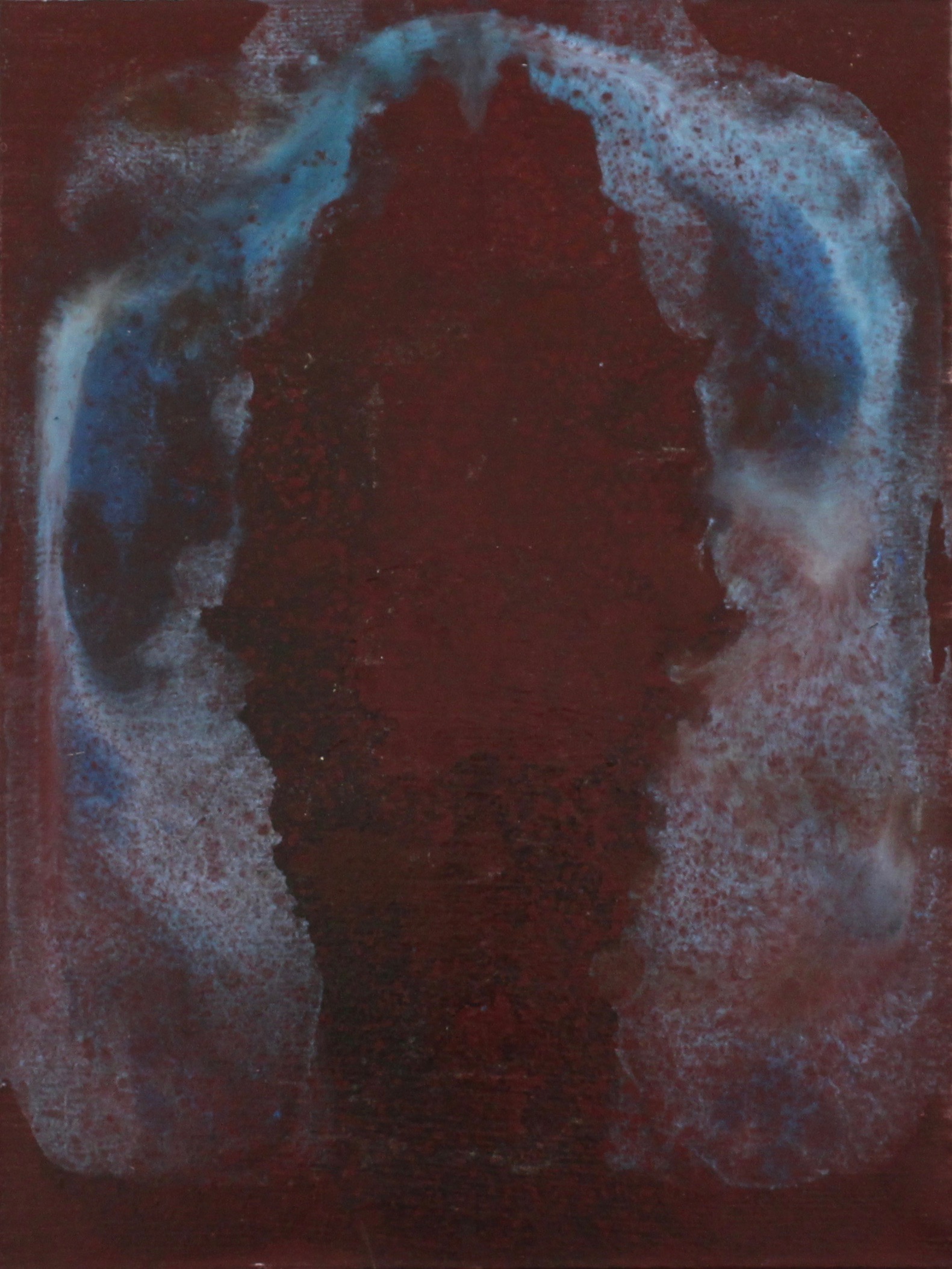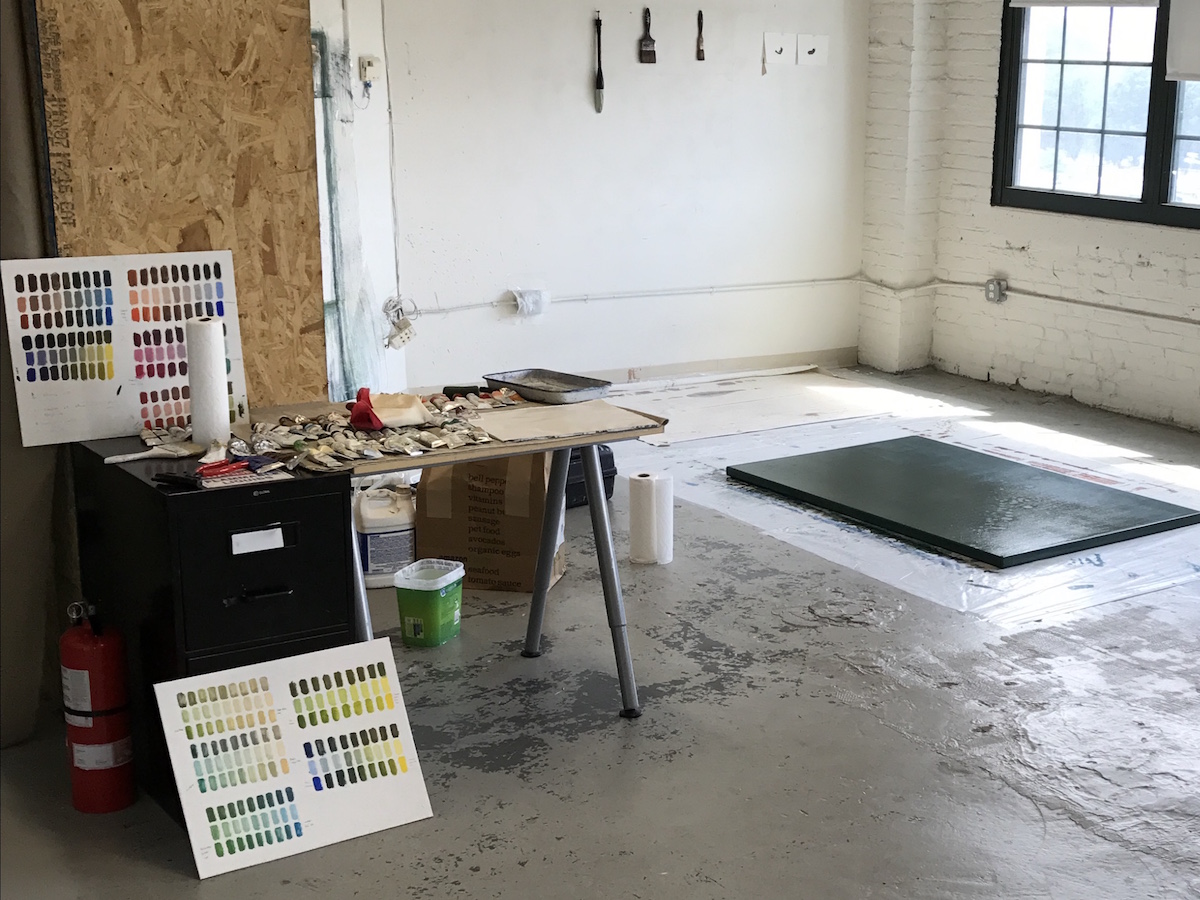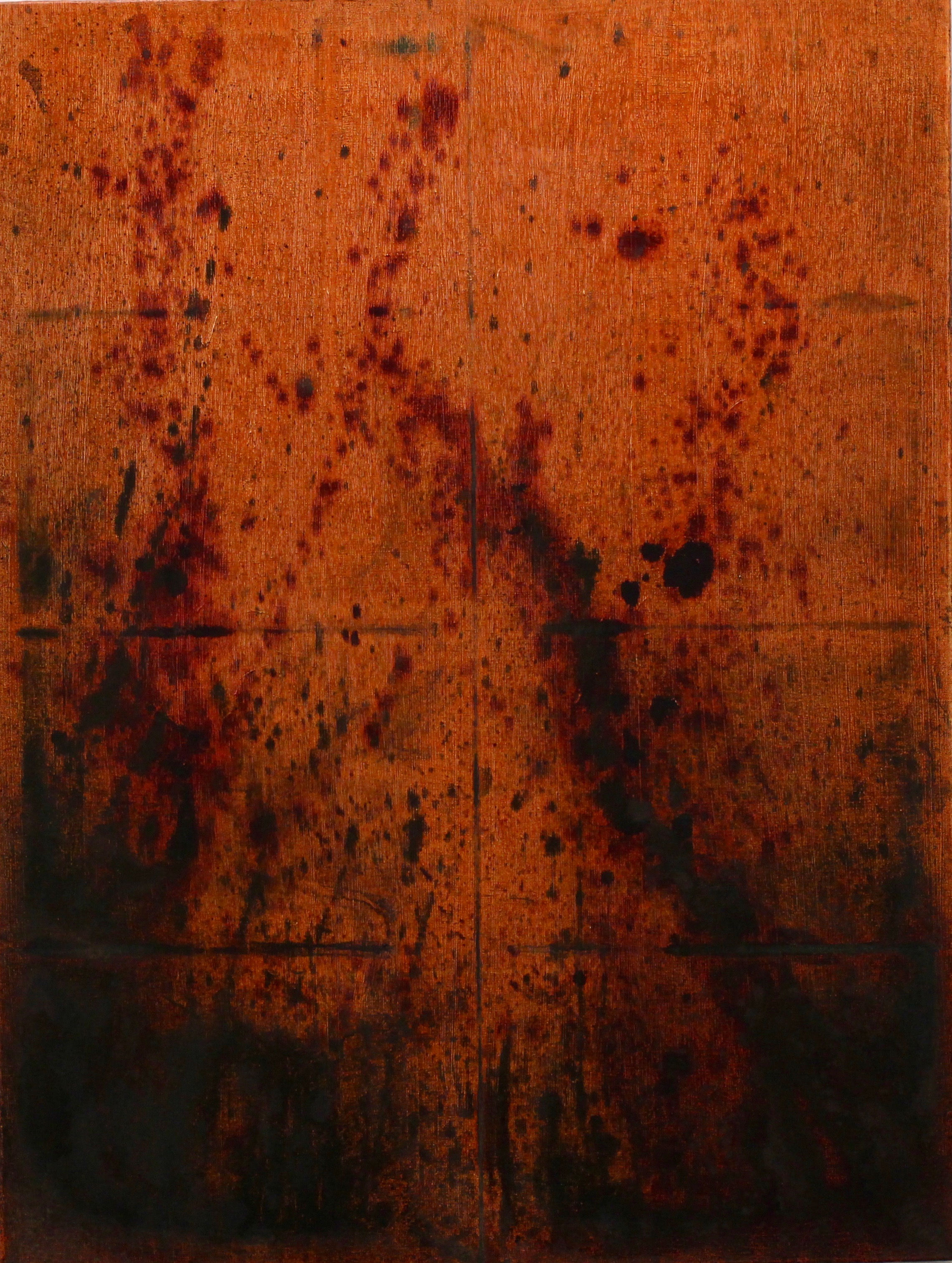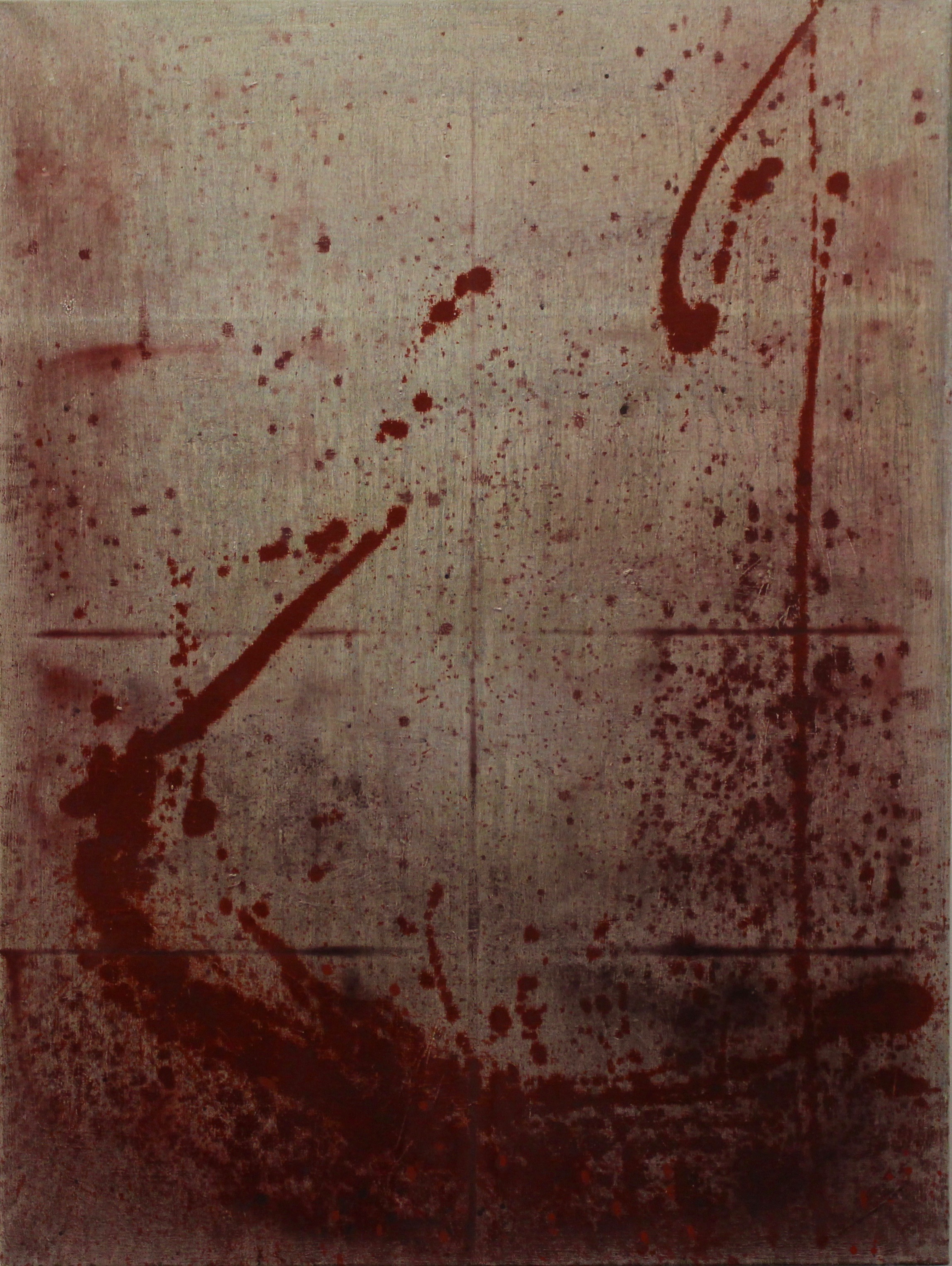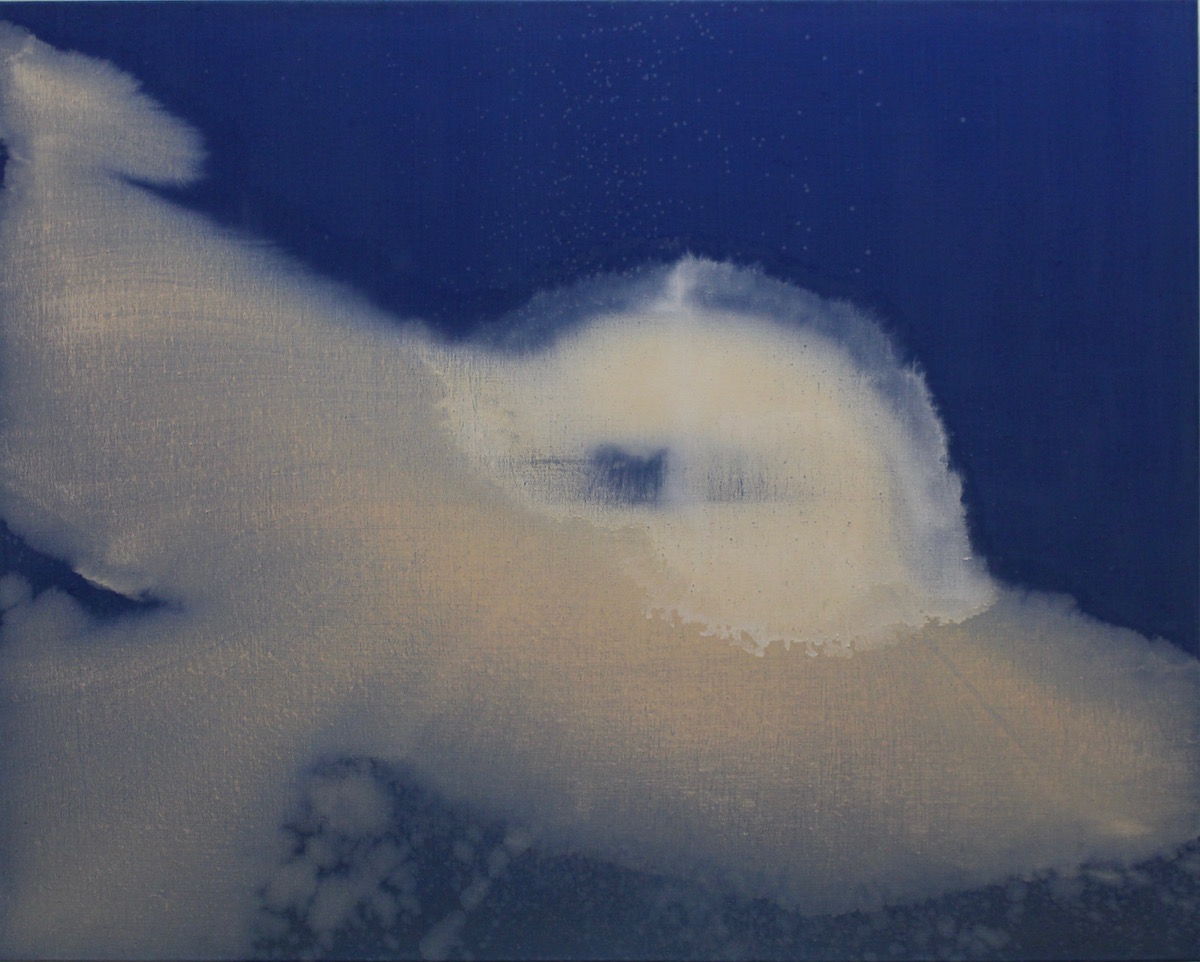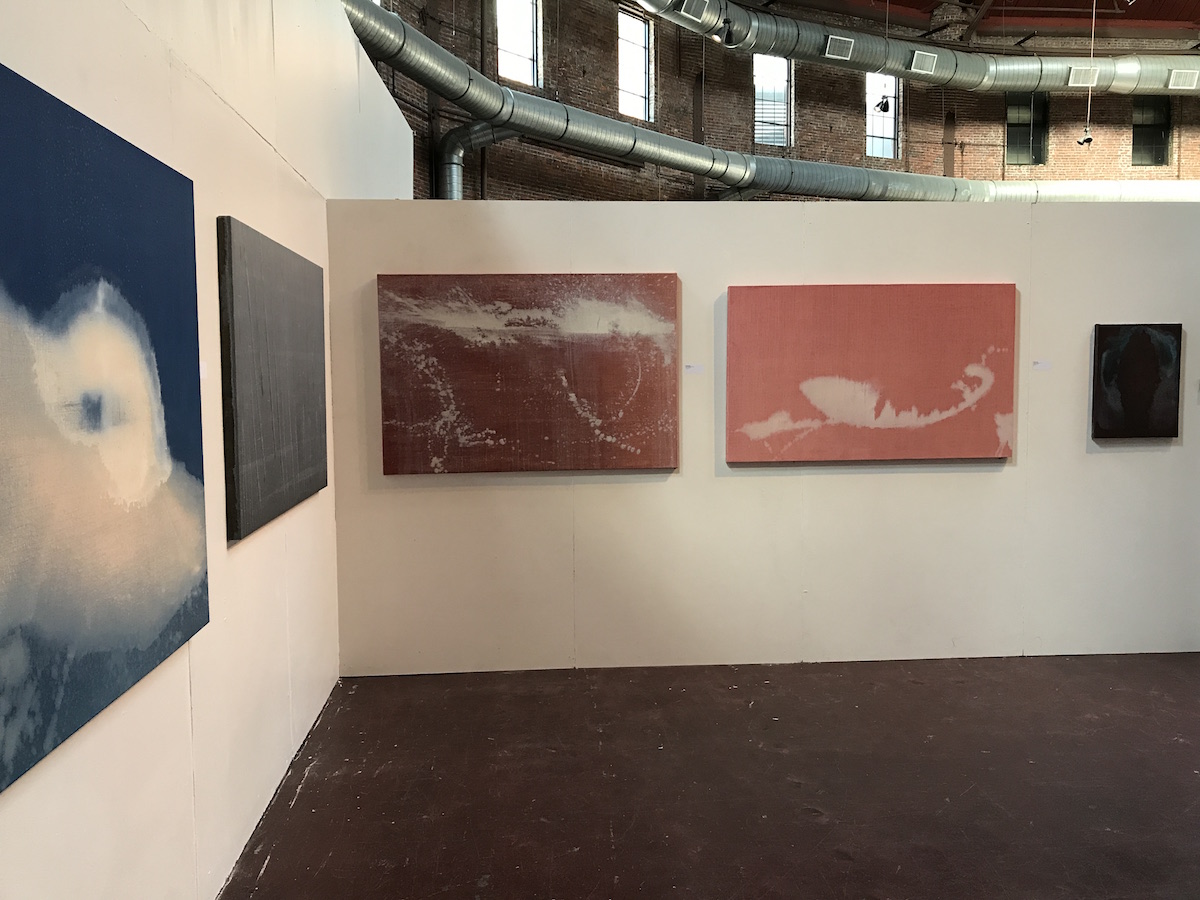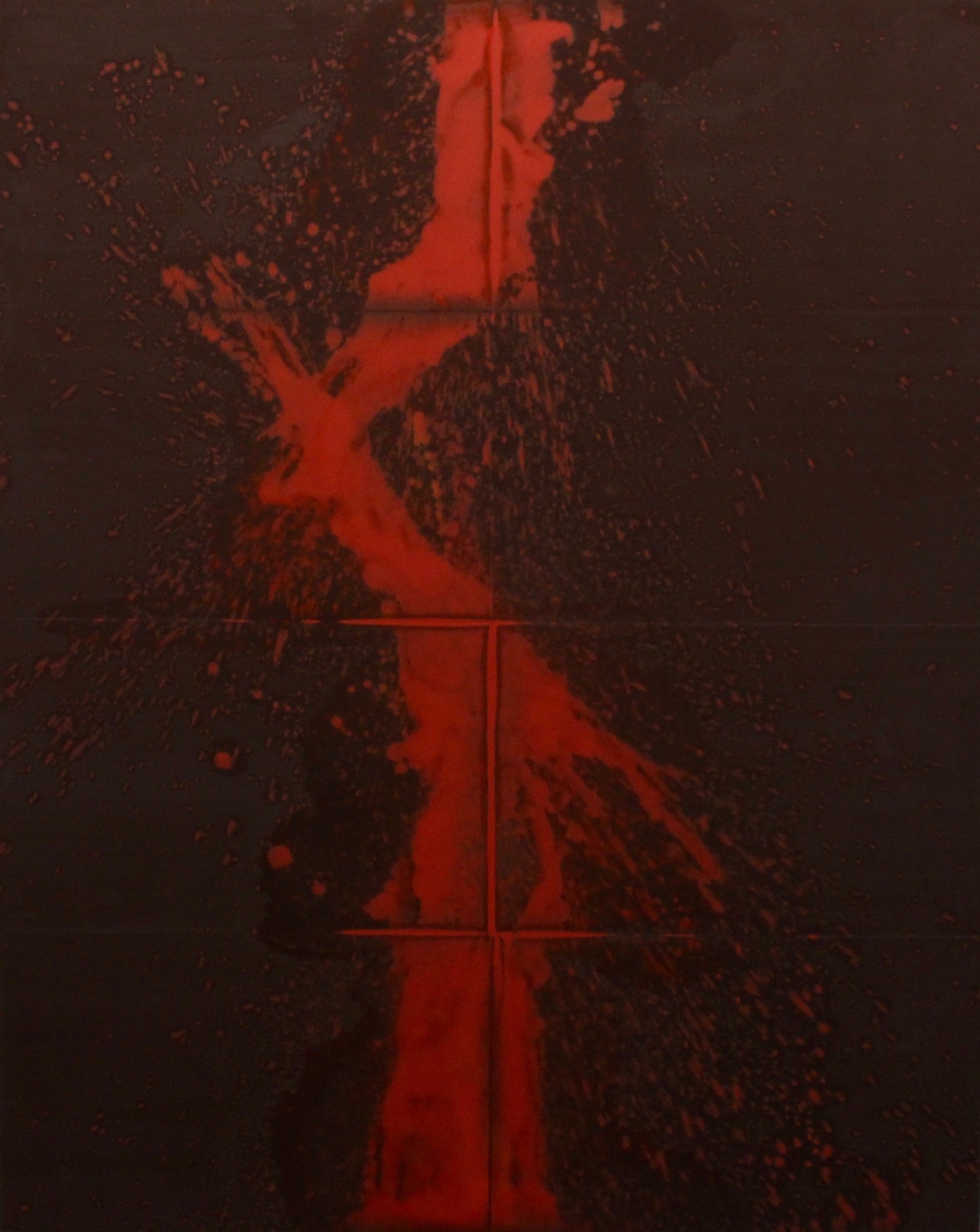Taikyu Lim
Taikyu Lim was born in 1982 and grew up in Seoul, Korea. After receiving his BA in Economics and working several years at a securities company as a financial advisor, he came to Boston, MA to pursue his dream as a visual artist. Taikyu received his MFA degree from Tufts University & School of the Museum of Fine Arts (SMFA) in 2017.
Taikyu wants to be a careful and delicate observer, along with being an artist. He is interested in ideas of peace and meditative states at this moment. Currently, he is expanding the scope of imagination and spiritual meditation through abstract paintings with rich colors, delicate layers and symmetric symbols. His project focuses on meditation by which people can relieve their stress and seek a shelter from the turbulence of their daily lives. In other words, his painting creates the zone filled with peace.
"My artwork visualizes the Middle Way (中道), the spiritual state of calmness not succumbing to extremes. I use multiple layers to capture ambient and spiritual effect. Before applying each layer, a long meditation is practiced imagining the spiritual state that I wish to portray. This is calm, slow and silent stage. Once paints are being applied, however, the painting becomes livelier and more fluid process – I splash, drip, and pour paints repeatedly for hours and days. The results are natural, organic forms and colors, developed while pigments are still wet and slowly settled on canvas for days. I hope my paintings allow viewers to slow down and feel my time and space that I spent for my painting process. The painting process is a way that I practice the Middle Way and pursue happiness.
The Middle Way often uses symmetrical forms as symbols of peaceful mind and stable emotional state. The primary source of these symbols is religious tradition. Various religious traditions have practiced meditation to follow the Middle Way. For example, Buddha found the Middle Way – a way of meditation away from the extremes of self-indulgence and self-mortification. One may think of the lotus position, a cross-legged sitting form, that Zen practitioner took for meditation. Symmetrical forms in the lotus position represent a peaceful mind. The Bible also has clues leading to the Middle Way. A common feature of Christian and Buddhist disciplines is that one should follow the Middle Way in order to find the ultimate wisdom. In both religions, seeking the Middle Way requires practice of meditation. In religious tradition, meditation includes symmetric physical postures (not to turn aside any extreme), mindfulness and silence. The Middle Way as a practice to find peaceful mind led me to find the idea of symmetric symbols and emphasize the ideal spiritual state that I hope to describe.
My recent paintings are developing symbols of meditation beyond the symmetricity. Japanese traditional aesthetics inspires me. For example, shapes and colors of traditional Japanese pottery for tea (rakuware) are good sources where I find symbols of spiritual nature and tranquility. Oriental practice of the Middle Way emphasizes patient practice or ways (michi, do) that meditators can focus on their spiritual state. Pottery is the symbol of tea ceremony (sado, or the way of tea) as a practical, hands-on way of gaining enlightenment.
Also, the concept of wabi-sabi helps me to find aesthetic values in relation to religious thoughts. Wabi-sabi is a concept derived from the Buddhist teaching of evanescence as a way to find harmony of natural law. Wabi-sabi is wisdom in natural simplicity and a balance between “wabi” (imperfection, humble and freedom from attachment) and “sabi” (austere sublimity). Natural law is not controlling or manipulating you. Rather, the divine natural order flows everywhere, both to the left and to the right as Taoist teaches us. Natural law is a transcendent and inherent source where human nature can deduce divine binding rules and principles governing natural world. Even though natural world might look precarious or flawed, deep understanding of natural law allows us to look at the ultimate peace beyond such imperfect appearance. Wabi-sabi embodies the art of imperfection in artwork and accepts flawed beauty, natural simplicity develops beyond what austerity or strict symmetricity can achieve and we can get closer to the peace of natural law.
People might state that we are now living free from political and cultural dissents. It is true that, compared to the 60s- 70s, I am living in a safe environment and enjoying much more freedom. However, people still suffer from deep frustrations and sense of insecurity. My project pursues the Middle Way as a cure for such troubles. I create ethereal space where reviewers of my paintings can feel a fulfilling emotion, a true freedom and harmony. With symmetrical symbols, my paintings offer a sense of infinity and transcendence as in religious meditation." - Taikyu Lim



